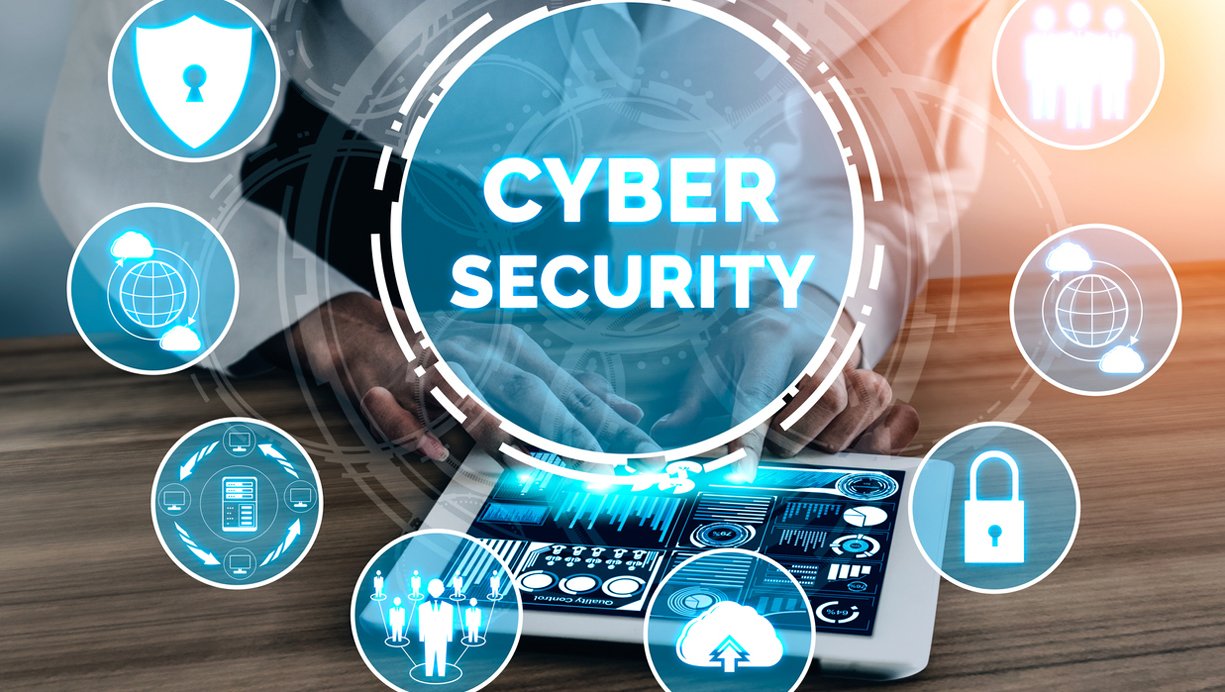Cybersecurity threats are on the rise, and every business, organization, and individual needs to be aware of them. Cyber threats come in many different forms, and they can affect any part of your online life. This article will cover the top 10 cybersecurity threats that you need to know about in 2023.
Table of Contents
1. Ransomware
Ransomware is a type of malware that infects your computer and encrypts your files, making them inaccessible to you. The attacker then demands a ransom payment to release your files. Ransomware attacks are becoming more sophisticated, and it’s important to have a backup plan in case your files are encrypted.
2. Phishing
Phishing is a type of social engineering attack where an attacker poses as a trustworthy entity and tricks you into giving them sensitive information such as login credentials, credit card numbers, or personal data. These attacks can come in the form of emails, text messages, or phone calls.
3. Malware
Malware is a type of software designed to harm your computer or network. Malware can come in many forms, such as viruses, trojans, and worms. Malware can be used to steal information, damage your computer, or even turn it into a zombie computer that can be controlled by attackers.
4. Advanced Persistent Cybersecurity Threats
Advanced Persistent Threats (APTs) are a type of cyberattack where attackers gain unauthorized access to a network and remain undetected for an extended period. APTs can be used to steal sensitive data or cause damage to the network. APTs are often difficult to detect, and they require a sophisticated defense strategy.
5. DDoS Attacks
Distributed Denial of Service (DDoS) attacks are a type of cyberattack where attackers flood a network with traffic, making it unavailable to users. DDoS attacks are often used to extort money from businesses or to disrupt operations. DDoS attacks can be difficult to prevent, but there are mitigation strategies that can be used.
6. Insider Threats
Insider threats are a type of cyber threat where an employee or contractor with authorized access to a network or system intentionally or unintentionally causes harm. Insider threats can come in the form of data theft, sabotage, or espionage. It’s important to have policies and procedures in place to detect and prevent insider threats.
7. Zero-Day Exploits
Zero-day exploits are vulnerabilities in software that are unknown to the software vendor or the public. Attackers can use these vulnerabilities to gain unauthorized access to a network or system. Zero-day exploits can be difficult to prevent, but there are strategies that can be used to minimize the risk.
8. IoT Vulnerabilities
The Internet of Things (IoT) refers to a network of devices connected to the internet. These devices can include anything from smart thermostats to medical devices. IoT devices can be vulnerable to cyberattacks, and it’s important to have a plan in place to secure them.
9. Supply Chain Attacks

Supply chain attacks are a type of cyberattack where attackers compromise a third-party supplier and use that access to gain unauthorized access to a target network or system. Supply chain attacks can be difficult to detect and prevent, but there are strategies that can be used to minimize the risk.
10. Cloud Security
Cloud computing has become an essential part of many businesses’ operations. However, the cloud can also be vulnerable to cyberattacks. It’s important to have a comprehensive plan in place to secure your cloud infrastructure and data.
Read More:Cybersecurity in the Digital Age: Protecting Against Online Threats
Conclusion:
cyber threats are becoming more sophisticated and widespread. It’s important to be aware It’s important to be aware of the different types of cyber threats that exist and to take proactive steps to protect yourself, your business, or your organization. This includes using strong passwords, keeping software up to date, and regularly backing up your data. It’s also essential to educate yourself and your employees about the risks of cyber threats and to implement policies and procedures to mitigate those risks.
One important aspect of cybersecurity is to use a multi-layered defense strategy. This can include using firewalls, antivirus software, and intrusion detection systems. It’s also important to have a plan in place for responding to cyber incidents, including data breaches and cyberattacks.
Overall, cybersecurity is an ever-evolving landscape, and it’s important to stay informed about the latest threats and trends. By taking proactive steps to protect yourself and your organization, you can reduce the risk of becoming a victim of cybercrime.
FAQs
- What should I do if I suspect I have been the victim of a cyberattack? If you suspect that you have been the victim of a cyberattack, you should immediately disconnect from the internet and contact a cybersecurity professional. You should also change any passwords that may have been compromised.
- How can I protect my business from cyber threats? You can protect your business from cyber threats by using a multi-layered defense strategy, including firewalls, antivirus software, and intrusion detection systems. You should also have policies and procedures in place to detect and respond to cyber incidents.
- What are some common signs of a cyberattack? Common signs of a cyberattack include slow computer performance, unauthorized changes to files, and unusual network activity.
- How can I educate my employees about cybersecurity risks? You can educate your employees about cybersecurity risks by providing training and resources, such as online courses and written guidelines. You should also encourage employees to report any suspicious activity.
- What should I do if I receive a phishing email? If you receive a phishing email, you should not click on any links or download any attachments. Instead, you should delete the email and report it to your IT department or cybersecurity professional.


